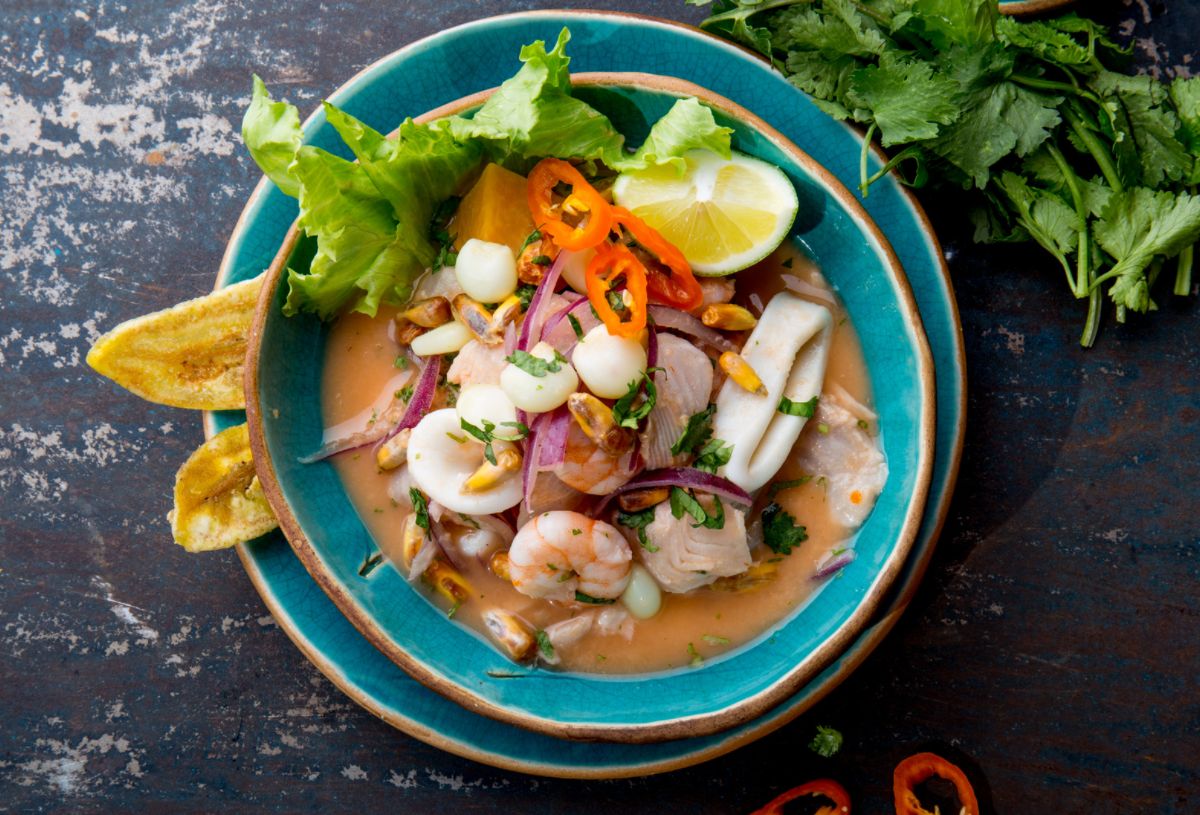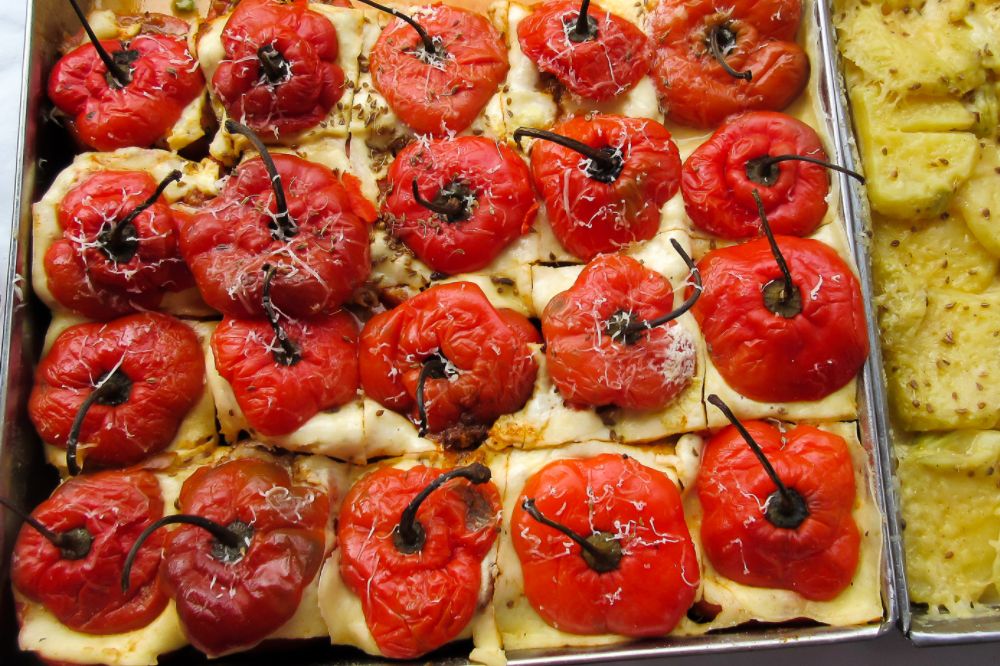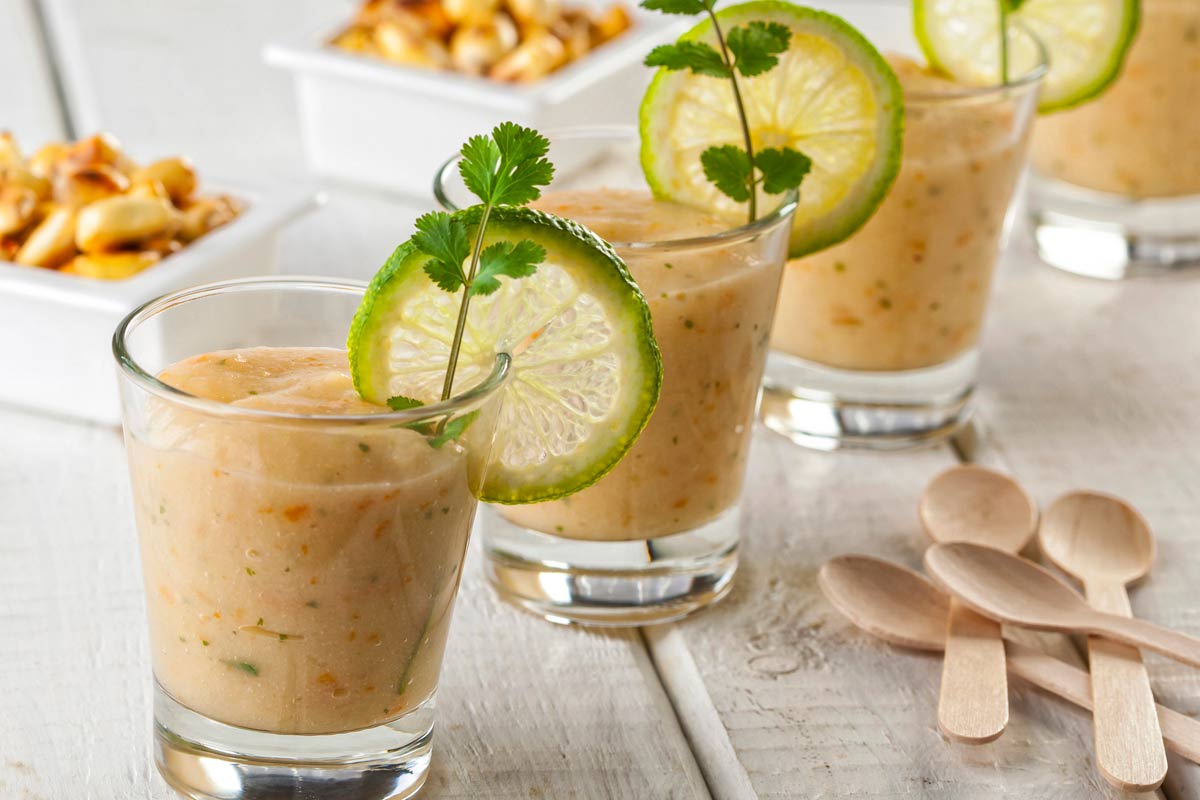Peru is a true food lover’s paradise, known for its bold flavors and incredible variety. Influenced by centuries of Indigenous, Spanish, African, and Asian culinary traditions, Peruvian cuisine is vibrant, diverse, and constantly surprising. If you’re heading to Peru—or just curious about what makes it such a hot food destination—these are the dishes you shouldn’t leave without trying.
Ceviche

Peru’s most iconic dish features raw fish cured in freshly squeezed lime juice, tossed with sliced red onions, chili peppers, and cilantro. It’s served cold, often with sweet potato, corn, or cancha (toasted corn kernels) to balance the acidity. Every region has its own spin, but the bright, zesty flavor is always front and center.
Anticuchos

These marinated and grilled beef heart skewers are a staple of Peruvian street food, especially in Lima. The meat is soaked in a vinegar and spice marinade, then grilled to smoky perfection and served with potatoes or corn. Don’t be put off by the cut—anticuchos are tender, flavorful, and full of character.
Pollo a la Brasa

This rotisserie chicken is marinated with a blend of garlic, cumin, paprika, and Peruvian spices, then roasted until juicy and crisp-skinned. Typically served with fries and dipping sauces like aji verde or mayo-ketchup blends, it’s a go-to meal for locals and visitors alike. It’s so beloved there’s even a national holiday for it.
Chicharrones de Calamari (Fried Calamari)

Chicharrones de Calamari is deep fried squid. It’s often served in large quantity with a relish made of red onion an lime juice over the top. While you can, and many people do, eat this as a main dish for lunch or dinner, it’s most often eaten as a snack or appetizer. The term Chicharrones isn’t limited to just calamari. In Peru, chicharrones can be made of fried pork belly, chicken, beef or pork rinds. It’s really more about the fried aspect than what it is being fried.
Arroz con Mariscos (Rice with Seafood)

This dish is very popular in Peru and you can find it on many restaurant menus throughout the country. Rice is fried up with an aji amarillo pepper, a tomato base, some onions, mushrooms and plenty of fresh seafood, like shrimp, squid and scallops. The variations are vast, but no matter what seafood is used, you’ll end up with a huge plate of food to devour. I love it when they add big corn on top, too!
Rocoto Relleno

A fiery specialty from Arequipa, rocoto peppers are stuffed with a spiced beef mixture, then baked with cheese and sometimes cream. Though they look like bell peppers, rocotos are much spicier, giving this dish a serious kick. It’s rich, filling, and beloved by spice lovers.
Leche de Tigre

Leche de Tigre is the citrus juice that’s leftover from curing the raw fish for ceviche. It’s a delicious mix of lime juice, onion, spicy chilies and fish juice. This incredible juice is served mostly as an appetizer in a tall glass with a couple of prawns thrown in. It is a flavor bomb that will alight your tastebuds in the best possible way, and it’s super spicy, with just a hint of fish flavor.
Cuy

You might be a little turned off by this one, especially if you ever raised one of these little creatures as a pet. Guinea pig, known as Cuy in Peru, is a staple meat of the Andes and it can be found in many restaurants, especially in and around Cusco. The meat, which is quite bony, is usually baked or barbecued on a spit and served whole—often with the head on. If you can get over the fact that its a guinea pig, you’ll find it similar to rabbit or quail.
Carapulcra

A traditional stew of dried potatoes (papa seca), pork or chicken, and a rich peanut sauce, carapulcra is one of Peru’s oldest dishes. The flavor is earthy, nutty, and full of Andean spice, and the texture is completely unique. It’s often served with rice or yuca and reflects Afro-Peruvian culinary heritage.
Picarones

These sweet, crispy fritters are made from a mix of squash and sweet potato, deep-fried until golden, then drenched in syrup made with chancaca (unrefined sugar), cinnamon, and cloves. Think of them as Peru’s answer to doughnuts—only more complex in flavor. They’re especially popular at fairs and food festivals.
Lomo Saltado

A classic example of Peru’s Chinese influence, this beef stir-fry combines marinated strips of sirloin with onions, tomatoes, and soy sauce. It’s tossed with crispy fries and served over rice, creating a flavorful, hearty dish that’s both comforting and bold. You’ll find it on nearly every menu in the country—for good reason.
Choclo (Big Corn)

This giant form of corn, known as choclo or Cuzco corn, can be found all over Peru in many forms. In addition to being oversized, the corn is known for being chewier, nuttier and less sweet than other types of sweet corn. I once almost got kicked off a train for reaching out the window to buy an ear of big corn from a vendor outside. It’s that good.
Churros

They are big and fluffy, crunchy and sugary on the outside, and often filled with dulce de leche in the center, then served with various dipping sauces, like dark chocolate or marmalade. You can buy them in fancy dessert shops, from street vendors or alongside a fancy dinner at a restaurant. Everyone loves churros in Peru and as soon as you sink your teeth into your first one, you’ll see why.

Laura Lynch, creator and writer of Savored Journeys, is an avid world traveler, certified wine expert, and international food specialist. She has written about travel and food for over 20 years and has visited over 75 countries. Her work has been published in numerous guidebooks, websites, and magazines.


Love each and every dish you described! I’m in Ecuador, just left Peru behind and I miss its food already! =) Great post!
Lucky you! I would love to be in Ecuador right now. Is the food there as good as in Peru?
Nope , Peru has the best food in South America. No countries in South America make food like Peru.
Loving all the seafood but I really don’t think I could try Leche De Tigre – no matter how cute it’s presented. Feel sick just thinking about it!
Maybe it’s the description that doesn’t sound appealing? It’s really just ceviche in a different form. If you like ceviche, you’ll definitely like leche de tigre. It’s really good.
I have been to Peru twice. I will go again. And I am never ever ever trying cuy.
Haha, I can see why you’d say that, Claudia. It’s not the most appetizing of the dishes you can get there.
You already got me hooked at the first photo. Yum!!!! It’s been my dream to backpack across South America for a few months, this definitely inspired me to make that trip happen some time soon. Great blog!
Thank Karla. I was hooked on Peruvian food with the first dish I ordered. A backpacking trip across South America would have incredible. Imagine all the delicious food you’d come across!
Yum!! I don’t know about that Leche de Tigre though!! Blehhhh
Oh no, Christine! The Leche de Tigre is amazing. I loved it so much, I tried to make it at home. I promise it’s not as strange as it sounds – if you like seafood, that is.
Mmmmmm I haven’t had lunch now I’m starving. This is definitely food porn
You should mention that Peruvians never have Cevuche at night which is only for tourists. This ensures that the fish is fresh. Also one should try Matsuei Restaurant in Lima which is where Nobu’s cuisine originated. It is a great fusion of Peruvian and Japanese cuisines.
Two very great points, Sanjay! Thank you. I’ll remember not to eat ceviche at night, and I’ll definitely check out Matsuei next time I’m in Lima! Yum.
I’d totally be GAME for trying Guinea Pig!
See, that’s the right attitude!
Peru has amazing traditional dishes such as ceviche. These flavors are still on my mouth after trying them. And the incredible thing is that there are several ways to prepare this dish! like 3 ways or more, depending in what part of Peru you are.
I do love Peruvian ceviche. It’s the best in the world.
Pingback: 21 Top Foodie Destinations Around the World | Savored Journeys